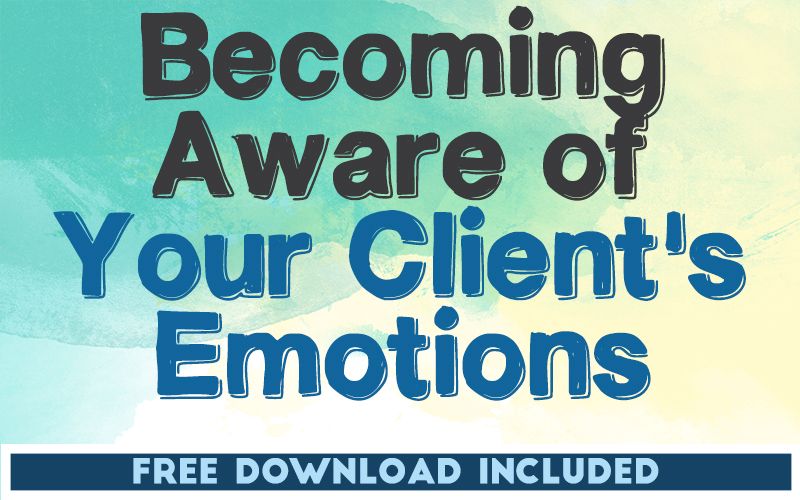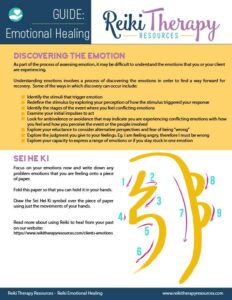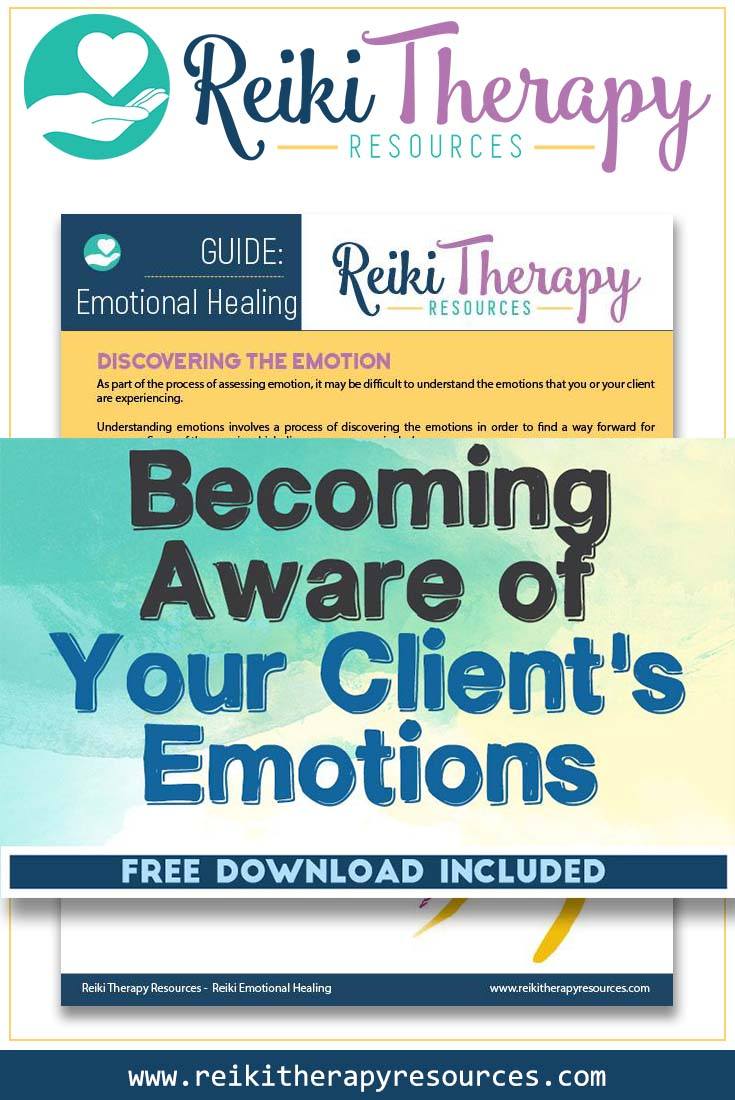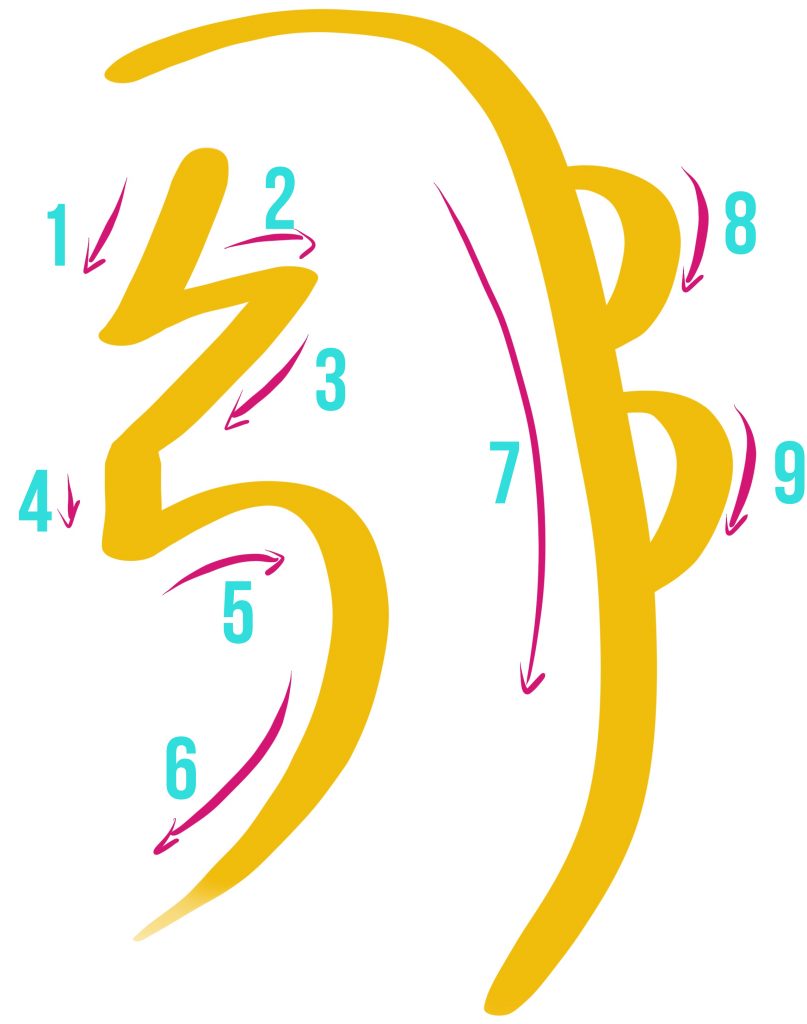
THIS POST INCLUDES:
——————————————–
1. What are emotions?
2. How emotions happen
3. How to assess emotion
4. Free Download Healing Exercise
WHAT ARE EMOTIONS?
The content for this blog post has been taken from your Understanding Your Emotions Guidebook. For more information about emotions and your Reiki practice, check out our Understanding Your Emotions Guidebook in the store here.
Emotions are typically described as an outward expression that occurs as a response to an external stimulus. In the context of how emotions are developed there is typically a process of three main components:
- neurological components – this is where the brain evaluates the event and creates the emotional response
- experiential component – once the event has entered the neurological component, experience beings to influence how these emotions will be interpreted and actioned
- behavioral components – after the brain has processed the event, humans then react with appropriate or maladaptive behaviors to help cope with the emotional overflow
None of the above components work in a binary manner as all components influence each other through feedback loops. These components are sensitive to changes in internal and external environments which result in an emotional shift in the person.
As emotions fluctuate and remain responsive to the environment, they remain a constant source of new information as opposed to providing concrete conclusions.
Emotions can sometimes be confused with the term mood. Emotions are seen as the source of a mood. Emotion is typically created based on the occurrence of a single event, however, a mood generally lacks a clear instigating event. A mood can last for days, weeks, months, or years as seen in the case of depression.
In the case of depression, sadness is the core emotion, however, the overall mood is depression. Depression itself is not an emotion that is exhibited, but instead a collection of emotions that forms an overall system to create a mood.
Emotions often develop into physical sensations such as our voice which can be raised when angry, or our facial expression and general body language.
Emotions can be both positive and negative and therefore affect the overall quality of life if our emotional reactions consist primarily of destructive emotional episodes instead of constructive emotional episodes.
In order to improve the overall quality of our emotional experience in life, we should aim to learn the situational triggers that initiate both positive and negative emotions.
HOW EMOTIONS HAPPEN
Emotions are created as a response to events. These responses can be automatic or reflective. Automatic responses occur because we are constantly assessing our environment for danger or safety. As part of this assessment, our brain uses our 5 senses including sight, smell, touch, hearing, and taste to evaluate situations. The senses send processing information to our brains and then we interpret the events and respond with an emotional response.
Our assessments are not always accurately based on judgments of safety and pleasure. We all have human experiences that create memories which then act as triggers that are uniquely based on our personal experiences. Universal triggers also exist that are shared by all humans such as the immediate threat of danger such as a car accident.
Reflective responses are closely related to memories as we actively engage in recalling information when assessing situations. We have more control over reflective memories and therefore have the ability to influence our emotions in these circumstances. Talking about emotional events can cause us to re-experience emotions which allows us to structure the conversation and influence the perception of more positive memories. This is particularly helpful in reframing memories and developing positive emotional connections. Re-experiencing these emotions can have positive benefits as we can influence the outcome of how we experience emotions again.
Reflective assessment is less automatic and instead requires purposeful recall by us which then initiates an emotional response. This could occur when looking at photos or hearing a song from our past. It may seem like our brain is processing that photo or song and providing an automatic response to them, however, in this case, reacting to the stimulus of the photos or song often requires us to recreate previous experiences and therefore our involvement is more active.
Aside from our automatic and reflective personal emotional responses, emotions can also be felt through events that someone else experiences. Observing someone else’s experience can initiate empathy as our own emotional response. Emotional responses that are instigated by empathy are much easier and quicker to resolve as the person does not have a personal connection to the dynamics of the situation that are to be resolved.
Emotions influence three main areas of our lives:
- Personal experience
- Physiological responses
- Behavioral responses
The interaction of these three areas dictates the frequency, duration, and intensity of the emotional experience. In addition to these primary areas of influence, emotions also activate other emotions that affect the overall emotional experience. An initial response of fear mixed with a specific personal experience can then activate anger. This is often seen in the simple case of pranking, whereby someone may throw a toy fake spider on a person which originally initiates fear from the spider. Once the person recognizes the fear was fabricated by another person, the personal experiences in the relationship can then initiate an emotion of anger towards the person who instigated the prank.
The case of a prank is a simple example, however, this also extends to interpersonal relationships where patterns of behavior between two people can act as a trigger for emotions to occur. This can become a complex issue to resolve when you have to determine whether detaching from the emotion will improve the relationship or whether improving the relationship will help improve the emotional response. In most cases, the lines are not clear and a process of unraveling multiple layers of emotion and personal experience, physiological response, and behavior response need to occur.
HOW TO ASSESS EMOTION
Healing emotional problems is dependent on the circumstances in which the emotional problems began. Emotional issues that relate to a singular event such as death are viewed differently than emotional issues that are tied to ingrained behavioral components of personality development. Regardless of the antecedent of the emotional issues, it is important to cultivate emotional awareness and emotional regulation techniques to use on an ongoing basis.
A part of healing is developing a therapeutic relationship where change can occur. If you are working through a self-help process, this involves developing a personal relationship with yourself where you begin to trust yourself and your intuitive process.
When working with clients in your Reiki practice, you will build an ongoing relationship of trust and empathy with your client. Developing this relationship helps your client experience an emotional deepening and develop skills for emotional regulation. It is important to collaborate with your client and be sensitive to your client’s emotional experience. This includes following your client’s personal emotional growth.
HOW TO ASSESS EMOTION
Understanding the difference in functional emotional expression compared to maladaptive expressions is important in providing some guidelines for emotional development. Emotional expression can be assessed on various levels:
- How would others react in the same situation
- Is the emotion a universal response
- What is the context of the situation when the emotions were experienced
- Are there non-verbal and verbal expressions of emotion
- Are you employing an ability to empathize
- How would I react
- Knowledge of the client’s life
DISCOVERING THE EMOTION
As part of the process of assessing emotion, it may be difficult to understand the emotions that you or your client are experiencing. What may feel like frustration on the surface may instead reveal deeper feelings of anger towards an event or person. Understanding emotions involves a process of discovering the emotions in order to find a way forward for recovery.
Some of the ways in which discovery can occur include:
- Identify the stimuli that trigger emotion
- Redefine the stimulus by exploring your perception of how the stimulus triggered your response
- Identify the stages of the event where you feel conflicting emotions
- Examine your initial impulses to act
- Look for ambivalence or avoidance that may indicate you are experiencing conflicting emotions with how you feel and how you perceive the event or the people involved
- Explore your reluctance to consider alternative perspectives and fear of being “wrong”
- Explore the judgment you give to your feelings. Eg. I am feeling angry, therefore I must be wrong
- Explore your capacity to express a range of emotions or if you stay stuck in one emotion
HEALING EXERCISE:
FREE DOWNLOAD
SIGN UP below to receive your FREE DOWNLOAD. Once you enter your email address, you will receive access to the Free Emotional Healing Exercise.

BUILD YOUR REIKI REFERENCE MATERIALS:
Pin this image to your Pinterest board.

SHARE KNOWLEDGE & PASS IT ON:
If you’ve enjoyed this post, please share it on Facebook, Twitter, Pinterest. Thank you!

